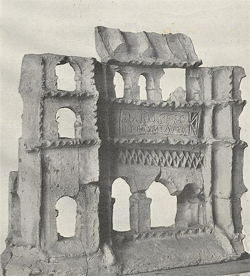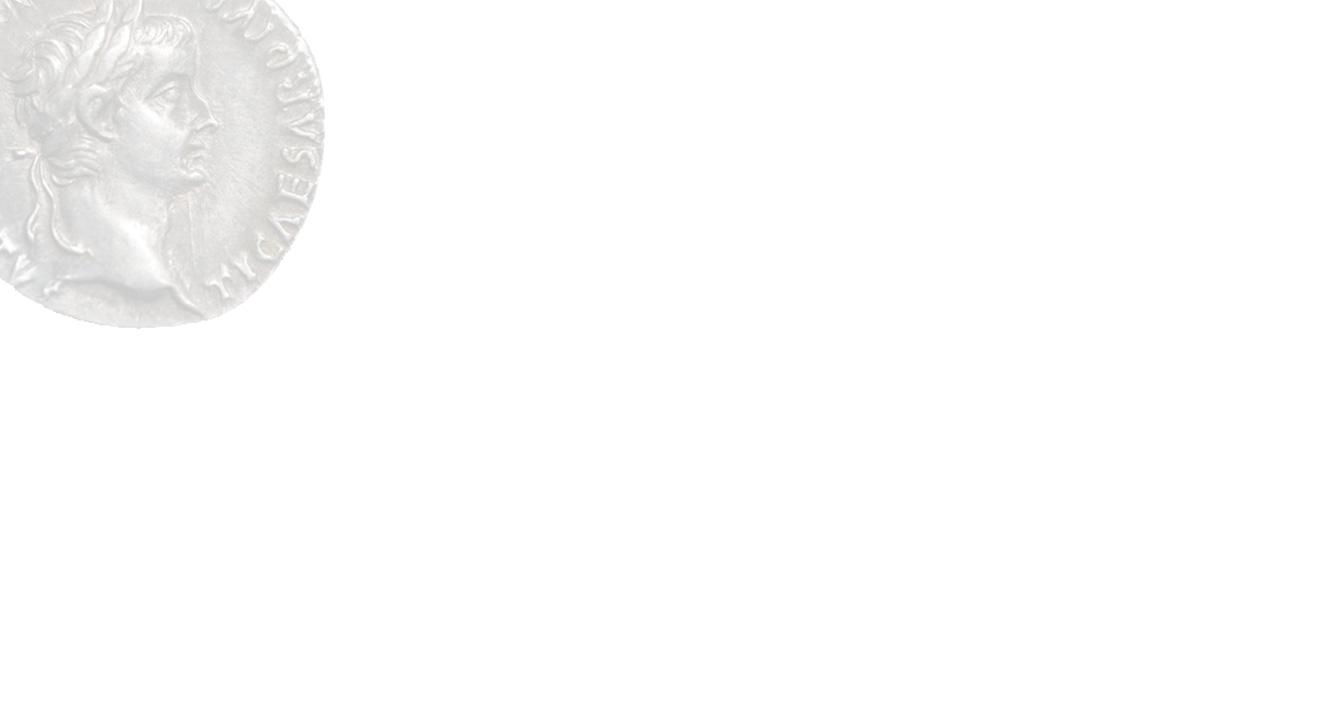DH Awards 2014 – Voting Announcement
Voting for DH Awards is open!
DH Awards 2014 is open for voting at: http://dhawards.org/dhawards2014/voting/ until the end of 28 February 2015. Versions of this announcement in French, Japanese and Spanish are available from the website.
Digital Humanities Awards are a set of entirely open annual awards run as a DH awareness raising activity. The awards are nominated and voted for entirely by the public. These awards are intended to help put interesting DH resources in the spotlight and engage DH users (and general public) in the work of the community. Although the working language of DH Awards is English, nominations may be for any resource in any language. Awards are not specific to geography, language, conference, organization or field of humanities. There is no financial prize associated with these community awards. There were many nominations and the international nominations committee (http://dhawards.org/dhawards2014/committee/) reviewed each nomination. We’re sorry if your nomination was not included, or changed category, all decisions are final once voting opens. Please see http://dhawards.org/dhawards2014/faqs2014/ for this and other frequently asked questions.
Anyone is allowed to vote, yes anyone, but please only vote once.
Best Use of DH For Fun
Best Exploration of DH Failure
- Melissa Terras: Reuse of Digitised Content
- Michelle Moravec: #writinginpublic
- Quinn Dombrowski, “What Ever Happened to Project Bamboo?”
- Shawn Graham: On Teaching High School
Best DH Data Visualization
- David Kelly: Exploring Dáil (Irish Parliment) Transcript Data
- Ex-Voto peints de Provence
- LiCoRN: Fonds Boissy
- Martin Grandjean: [DataViz] The digital humanities network on Twitter (#DH2014)
- Rasmus Krempel: Local Wikipedia Map
- Signs@40: Feminist Scholarship through Four Decades
- The Virtual Paul’s Cross Project
- The Wandering Jew’s Chronicle archive
- Touch History / Toucher l’histoire
Best Use of DH For Public Engagement
- @HASTS_MIT
- @realtimeww1: World War One goes Twitter
- 1914-1918-online: International Encyclopedia of the First World War
- Autopoesis
- AWOL: The Ancient World Online
- Cents and Sensibility
- City Witness: Place and Perspective in Medieval Swansea
- Cymru 1914 The Welsh Experience of the First World War
- Denver Poetry Map
- DH2014 Red Carpet
- EEBO-TCP Public Domain Release (notes)
- h+d insights
- Histories of the National Mall
- Laboratorio de Innovación en Humanidades Digitales
- Richard Pryor’s Peoria
- Roman Inscriptions of Britain
- Royal Opera House / KCL Digital Giselle programme
- The American Yawp
- The Fleischmann Diaries Online Archive
- The Medici Archive Project
- UCD Digital Library
Best DH Tool or Suite of Tools
- Annotag Calculator
- Annotation Studio
- Bodleian Ballads ImageBrowse/ImageMatch
- CLAVY
- DH Press 2.5
- DigiPal
- Enigma
- EVT – Edition Visualization Technology
- Glass @note
- Histropedia – The timeline of everything
- Humanities Networked Infrastructure (HuNI)
- IMPACT / Interface Multimedia : Présentation – Analyse – Commentaire
- Lexicon of Scholarly Editing
- Lexos
- Middle East Garden Traditions
- Movimientos armados
- PhiloBiblon
- ReMetCa: Repertorio métrico digital de la poesía medieval castellana
- Research Quotes
- SHEBANQ (System for HEBrew Text: ANnotations for Queries and Markup)
- Stylo for R
- SylvaDB
- The Archaeological Recording Kit (ARK)
- The Buddhist Canons Research Database
- The digital lab of “crunched books”: explore and annotate the classics
Best DH Blog Post or Series of Posts
- Amy Johnson: Light Fieldwork: Lytro Cameras, Open Research & the Partial
- Catedra Datos
- Commémorer le 11 novembre sur Twitter
- Cork LGBT History
- Dot Porter: What if we do, in fact, know best?: A Response to the OCLC Report on DH and Research Libraries
- Julianne Nyhan: Gender, knowledge and hierarchy: on Busa’s female punch card operators
- Lisa Spiro: “Defining Digital Social Sciences,” (dh+lib, April 9, 2014)
- Martin Grandjean: The Digital Humanities network on Twitter: Following or being followed? and Intellectual Cooperation: multi-level network analysis of an international organization
- OpenCon 2014 Series of Blog Posts
- RedHD Blog
- Róisín O’Brien 2014 Blog
- Roxanne Shirazi: Reproducing the Academy: Librarians and the Question of Service in the Digital Humanities
- Simon Tanner: When the Data Hits the Fan
- Simulating Complexity (various authors)
- Six Degrees of Spaghetti Monsters
To vote fill in the DH Awards 2014 Voting Form.








 ISAW_NewsLetter_0108.pdf
ISAW_NewsLetter_0108.pdf 






